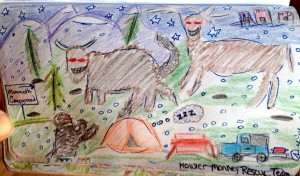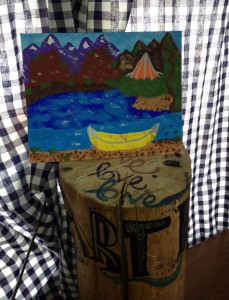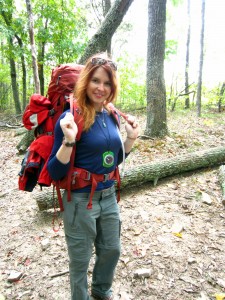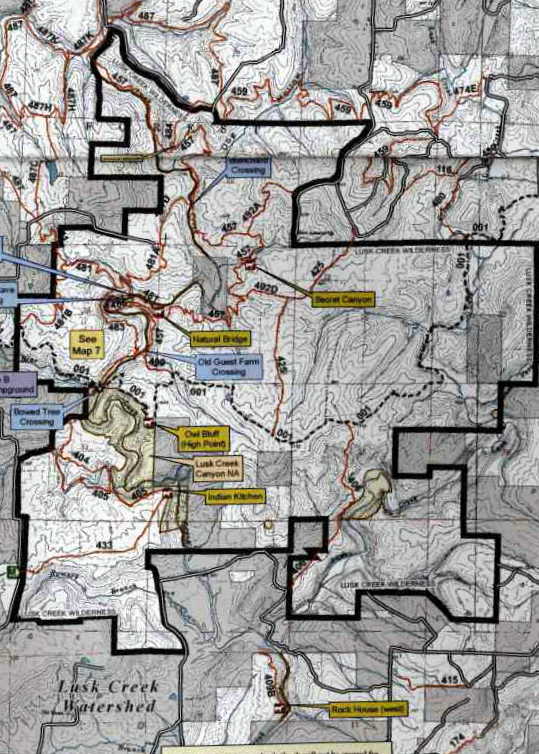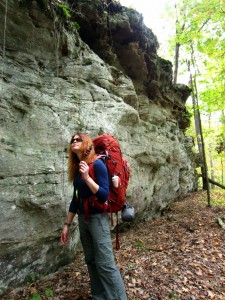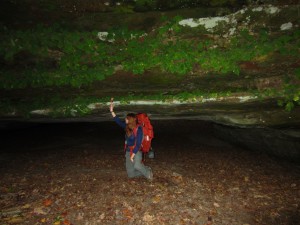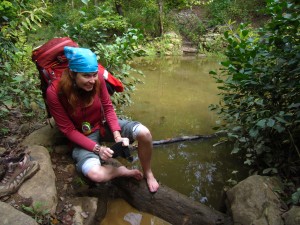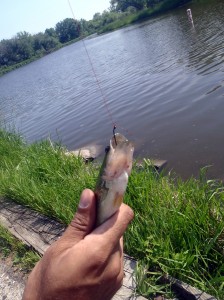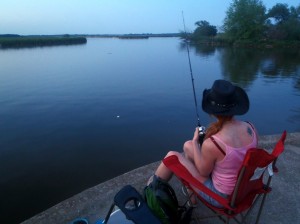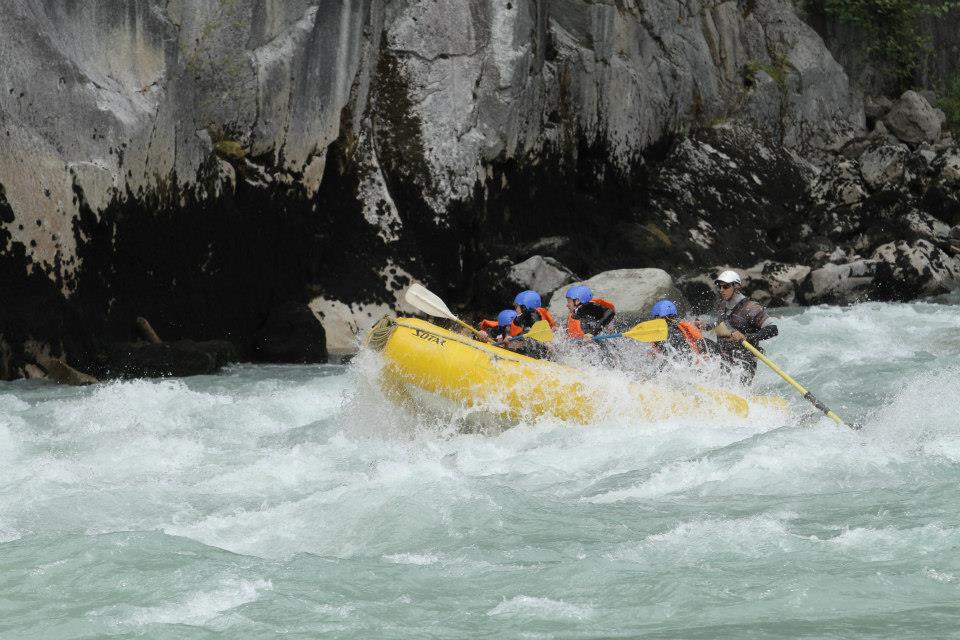I’m a southern white girl and I like to drink.
Not that I’ve identified myself, let me tell you about my first experience in Miami.
My best friend, Michelle, and have taken a trip together each summer for the past five years. This year’s destination was Miami: the land of beaches, nightlife, and good looking people.
- Issue #1: I’m 100% German and burn like a newborn baby.
- Issue #2: I’m pushing 30 and get hangovers consistent with water-boarding.
- Issue #3: I just got back from a 6-week road trip and didn’t have a lot of spare cash lying around.
- Issue #4: Michelle got knocked up (she’s already “come out” on Facebook, so I’m not spoiling any surprise) so she had to eat and/or rest every two hours.
Needless to say, we needed to find more to do in Miami than just hit the beaches and the bars. Don’t worry….I had my fair share of mojitos and got my fill of ocean water up the nose. But here’s a few other things to do if you find yourself in a similar situation visiting Miami:
Take a Touristy Boat Cruise
I despise tourist traps as much as the next seasoned traveler. However, sometimes some booze on a boat ain’t half bad. Island Queen Cruises offers hour long rides along “Millionaire’s Row” to spy in on the homes of the rich and famous. As you cruise along Biscayne Bay, you’ll see how Enrique Iglesias, Shakira, and Pitbull live out their days in the Sunshine State.
Even if you don’t give a rat’s ass about celebrities, it’s a fun way to relax and enjoy the ocean breeze while listening to pop music you’d never dream of saying you actually enjoy. Tickets cost $26 per person and the bar is cash only. Buy one regularly-priced $7 drink to kick things off and then hold out ’til the last half of the tour when the prices drop to $5. The tour guides will be pushy, but you don’t have to tip if you don’t want to.
Stop by a Bayfront Park Concert
If you’re staying in a hotel downtown, the only place to go for the evening is Bayfront Park. There is an indoor/outdoor mall and lots of ocean-side restaurants with outside seating. The restaurants are pretty comparable to each other, so just pick one and have a seat. Whether you choose Cuban food or American food, it’s all pretty standard and totally edible.
Bayfront Park hosts concerts pretty much every night, and it’s a good time if you haven’t heard of the band. Michelle and I stopped to listen to a random lounge jazz band. I can totally support that. The bands don’t usually draw large crowds, but passersby seem to enjoy the ambiance.
Stroll the Botanical Gardens
Unlike in many cities, the botanical gardens in Miami Beach are totally free. It’s nothing too elaborate or spectacular, but it is nice to stroll some green space and get a couple breaths of fresh air.
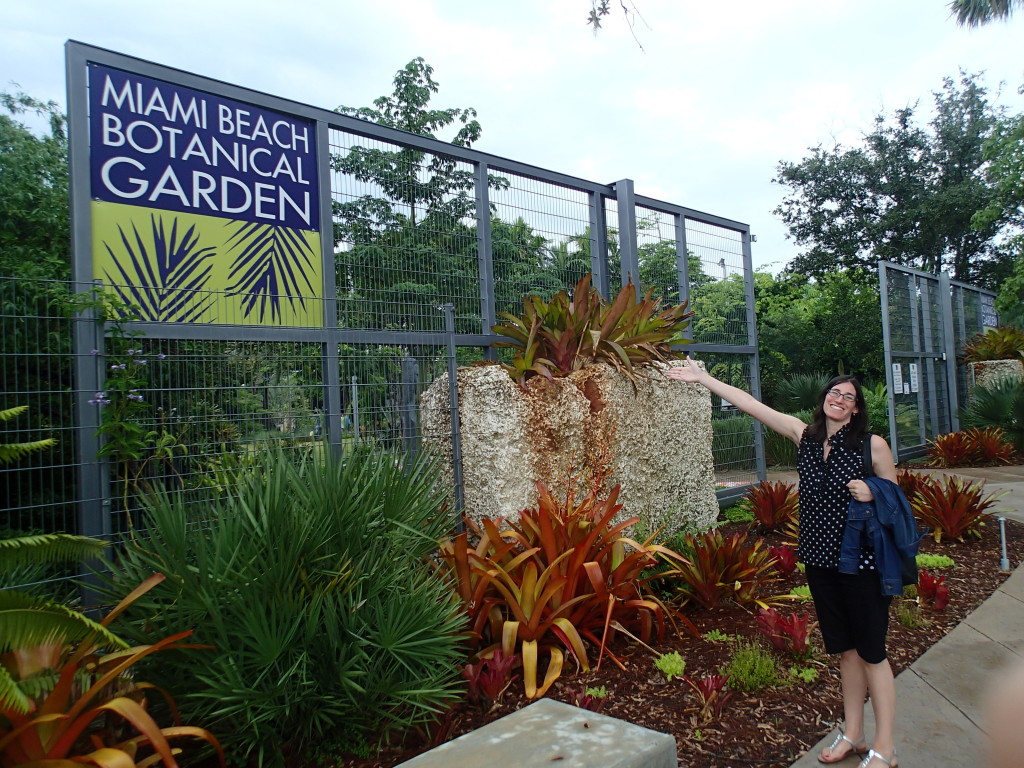 The gardens are open from 9-5 Tuesdays through Sundays, and they’re right across from the convention center. There’s always some kind of art exhibition going on at the gardens that makes you take a step back and go, “what the hell?” I had the pleasure of scratching my head at “Chapungu,” which featured twenty works from sculptors in Zimbabwe, and the emotion-invoking text bubbles of “Nayda Collazo-Llorens: Pleasure, Fear and the Pursuit of Happiness.”
The gardens are open from 9-5 Tuesdays through Sundays, and they’re right across from the convention center. There’s always some kind of art exhibition going on at the gardens that makes you take a step back and go, “what the hell?” I had the pleasure of scratching my head at “Chapungu,” which featured twenty works from sculptors in Zimbabwe, and the emotion-invoking text bubbles of “Nayda Collazo-Llorens: Pleasure, Fear and the Pursuit of Happiness.”
Peruse the Art Center of South Florida
There are plenty of museums in the Miami area, but few that you can have all to yourself without paying a dime. The Art Center of South Florida is composed of three buildings of artist workspaces that hosts classes, exhibitions, and events. Unlike other art museums you’ve been to, this place lets you peek in on what local artists are doing without all the bells and whistles.
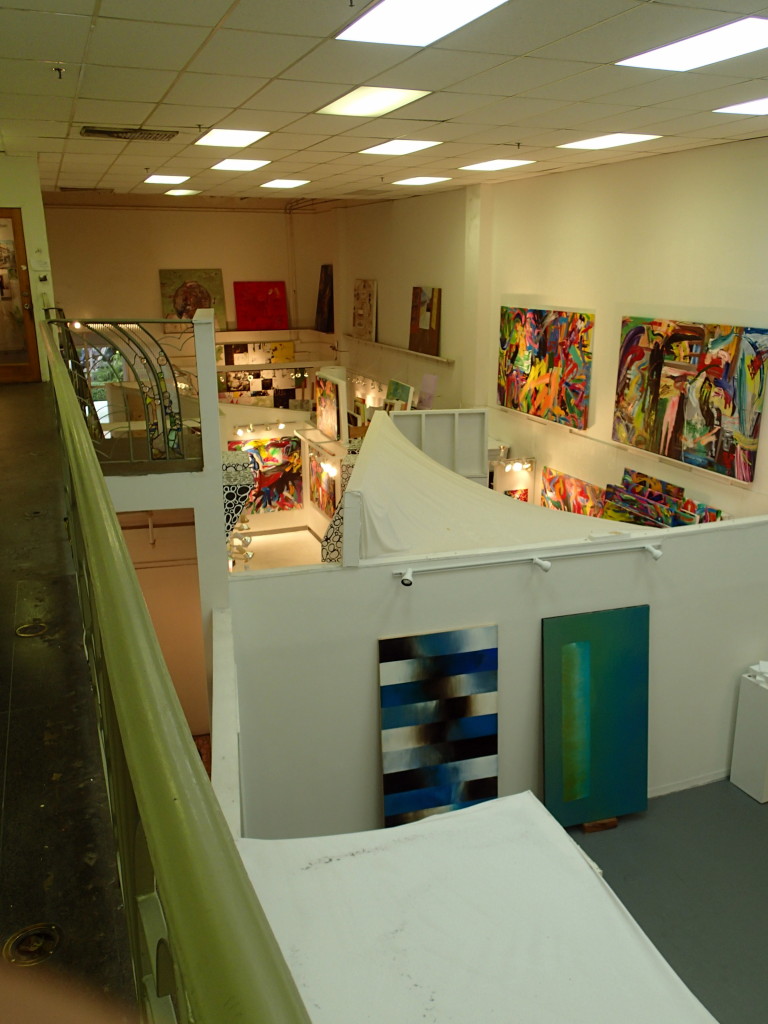 It’s easy to miss the museum buildings amidst the consumerism flashiness of Lincoln Road. When you visit, you’ll probably seeing a couple artists splashing paint around behind the layer of glass that keeps you on the outside looking in. As it’s flanked by designer stores and posh restaurants on all sides, the art center offers a rare glimpse of authenticity in Miami Beach.
It’s easy to miss the museum buildings amidst the consumerism flashiness of Lincoln Road. When you visit, you’ll probably seeing a couple artists splashing paint around behind the layer of glass that keeps you on the outside looking in. As it’s flanked by designer stores and posh restaurants on all sides, the art center offers a rare glimpse of authenticity in Miami Beach.
Go to a Festival in Little Havana
Since traveling to Cuba is easier said than done, the next best thing is a visit to Little Havana. Now before you get your hopes up about meeting all your favorite Castro family members, there really isn’t that much to do in this small Cuban neighborhood. Although there are a few Cuban restaurants and a memorial in the park, the area is pretty low-key and residential.  One of the best times to visit Little Havana is during one of its Viernes Culturales festivals. A massive rain storm cut the festival short when I was in town, but the artists held out as long as you could. Head down to Calle Ocho, between 13th and 17th streets, on the last Friday of the month to check out some work from local artists, Cuban-style dancing, and some food vendors.
One of the best times to visit Little Havana is during one of its Viernes Culturales festivals. A massive rain storm cut the festival short when I was in town, but the artists held out as long as you could. Head down to Calle Ocho, between 13th and 17th streets, on the last Friday of the month to check out some work from local artists, Cuban-style dancing, and some food vendors.
Attend an Outdoor Yoga Class
I already told you a little about Bayfront Park, but we’re going to head back there once more for the sake of fitness and mental clarity. The park offers free yoga classes for the public on Mondays evenings, Wednesday evenings, and Saturday mornings.
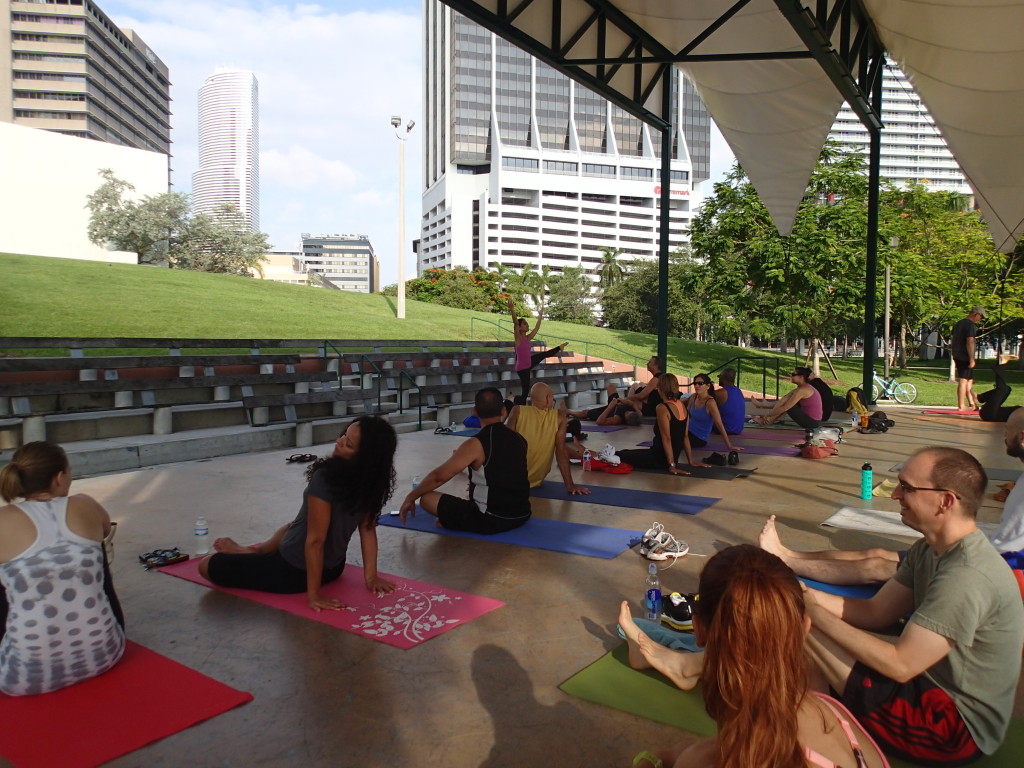 On especially hot days, arrive about twenty minutes early so you can snag a spot in the shade. Although my overall perception of Miamians was pushy and sales-driven, the people at this yoga gathering were legitimately alright. A local offered me an extra yoga mat to use since I’d only brought a beach towel, and a nice young gentleman behind me struck up a conversation about the bar sponsors on my Chicago kickball t-shirt.
On especially hot days, arrive about twenty minutes early so you can snag a spot in the shade. Although my overall perception of Miamians was pushy and sales-driven, the people at this yoga gathering were legitimately alright. A local offered me an extra yoga mat to use since I’d only brought a beach towel, and a nice young gentleman behind me struck up a conversation about the bar sponsors on my Chicago kickball t-shirt.
Shop at Coral Gables and Coconut Grove
When I travel to a new city, I always like to venture off the main drags and see what the neighborhoods are all about. On our last day in Miami, Michelle and I took a drive to three different neighborhoods that were highly rated by strangers on the Internet.
Miami’s Design District proved to be a bust because not a single thing was open. I supposed I’ll give the neighborhood the benefit of the doubt since it was Sunday morning. Next, we drove to Coral Gables in search of some retail therapy. Finally before heading to the airport, we checked out the Coconut Grove area. The latter two areas had their fair share of shops and restaurants, but nothing that totally blew us away.
I take that back. One particular little shop, The Olfactory Co., knocked my socks off. As a low-maintenance gal with a gnome obsession, I usually prefer to shop for pointy-hatted companions over pointy-heeled shoes. Unexpectedly, this store carried gnomes in the form of finger puppets, dishes, salt n’ pepper shakers, and tea light candles.
If you’re looking to do more in Miami than get drunk and lay out, you’ve got to do your research and work for it. Well maybe you don’t now since I’ve been kind enough to give you a head’s start. However, don’t skip ’em, because then then you’d be missing out on the quintessential Miami experience. However, I hope this post just goes to show that you can find more than just beaches and bars in Miami.

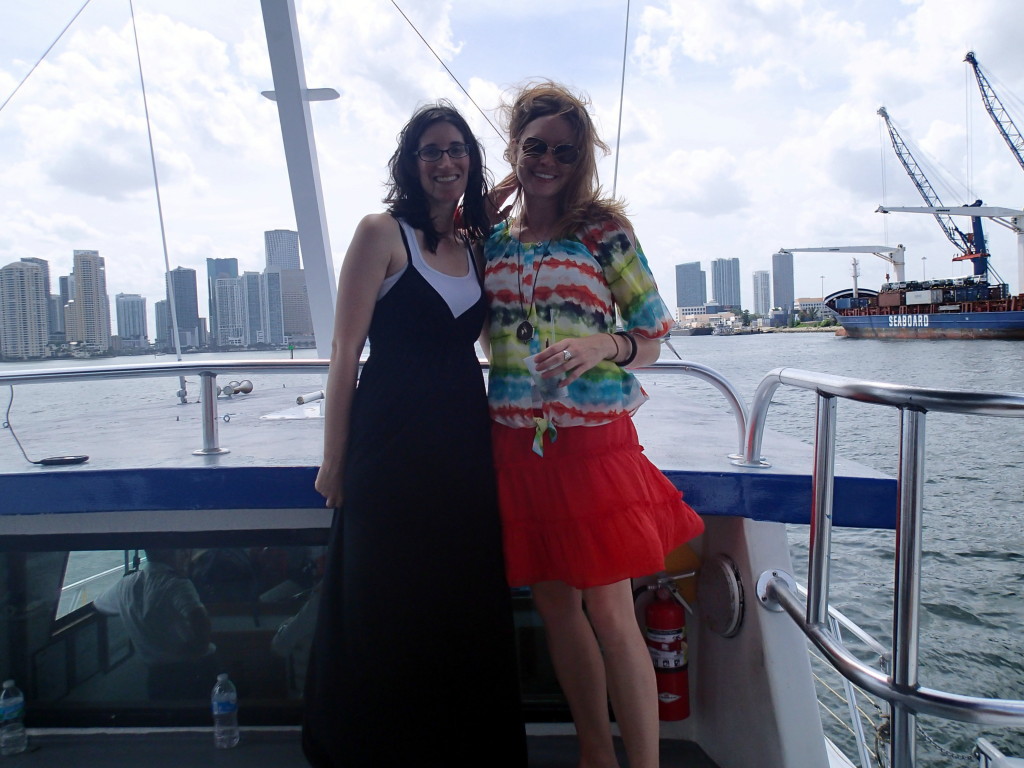
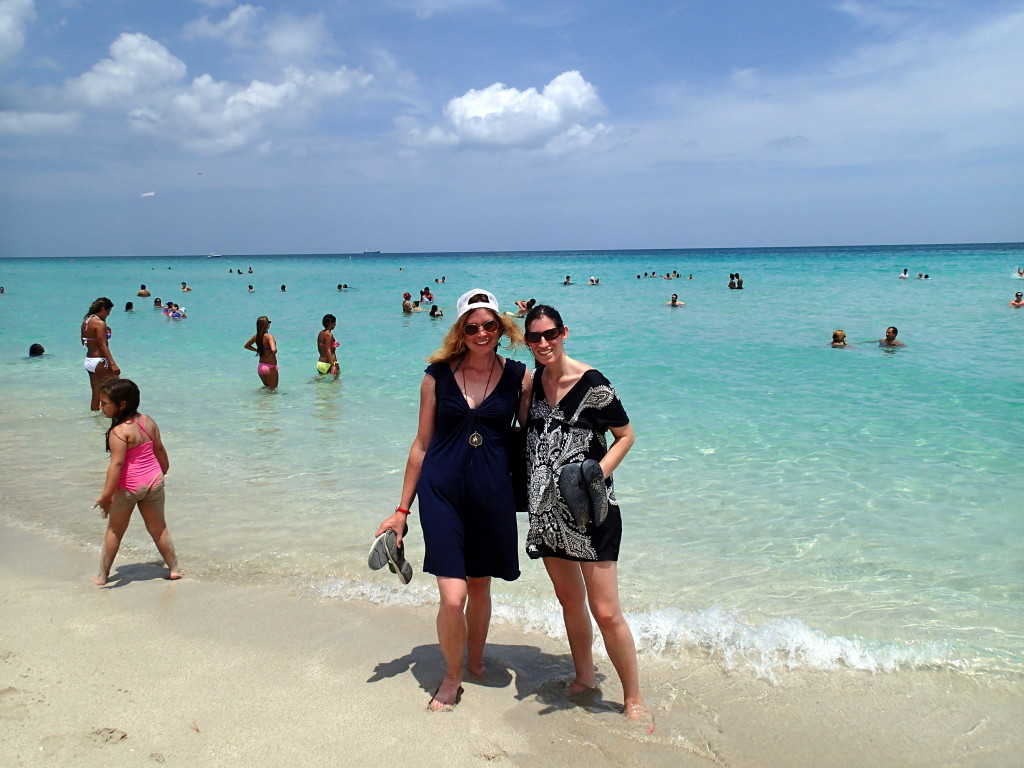
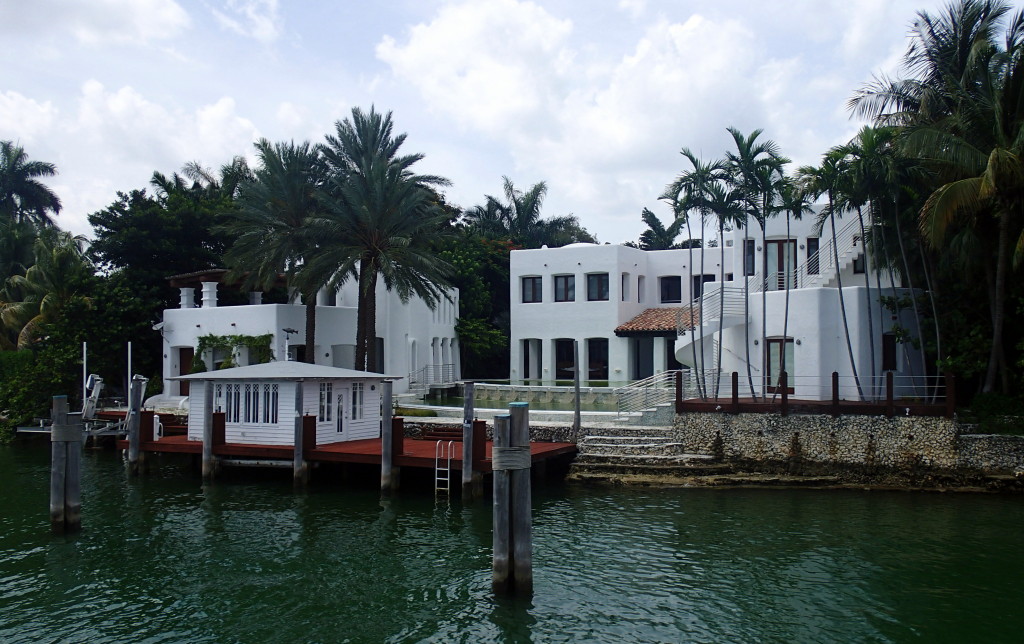
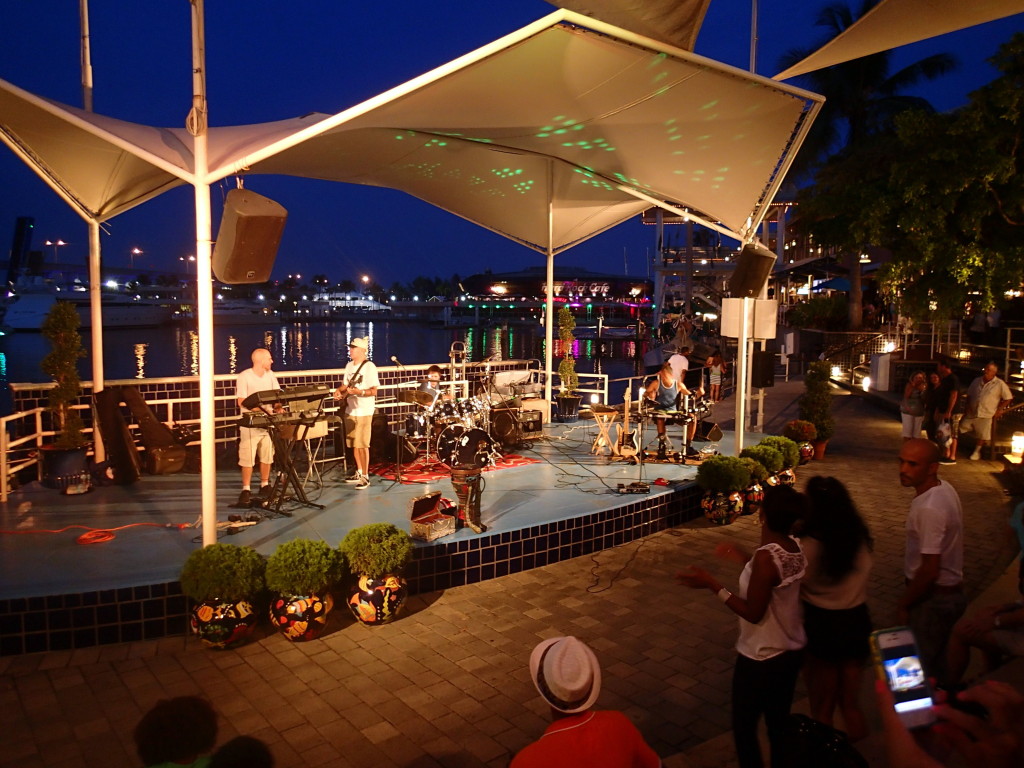
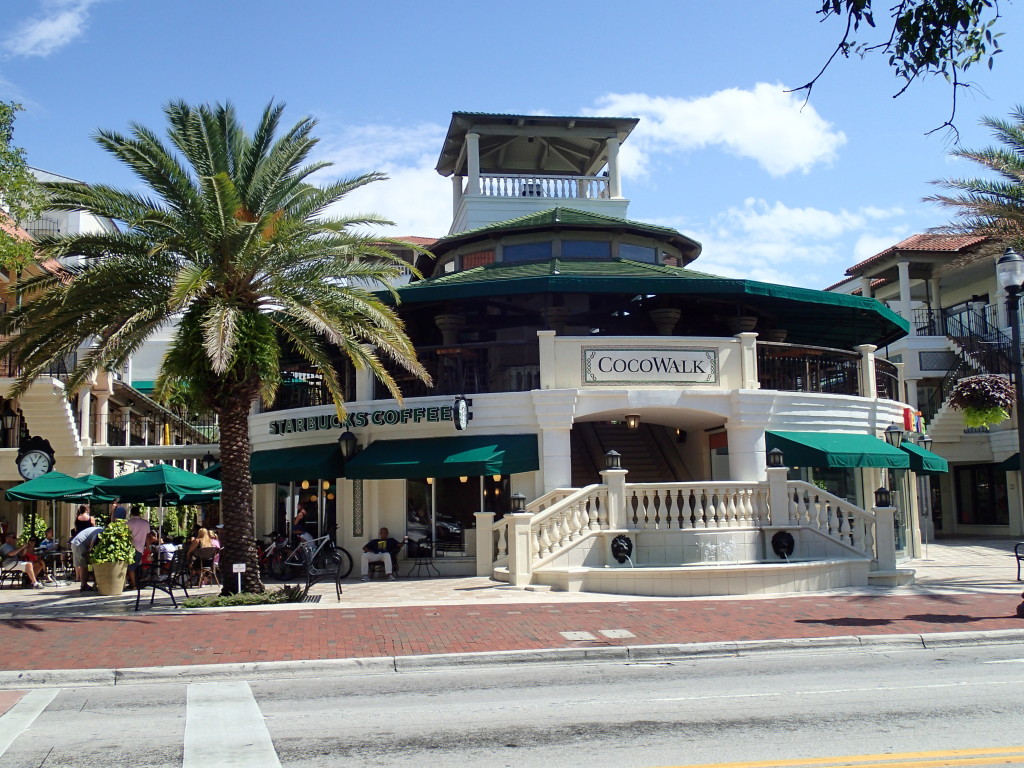
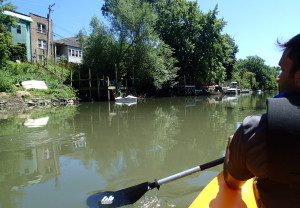
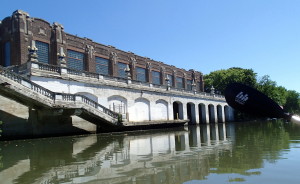

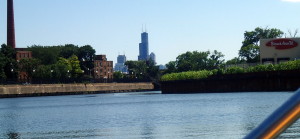
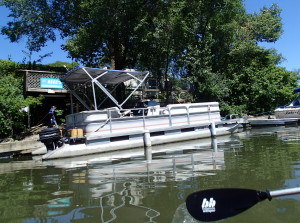
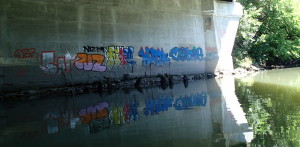
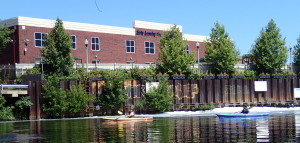
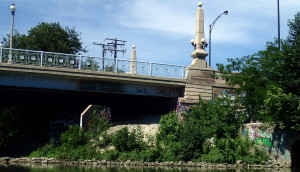
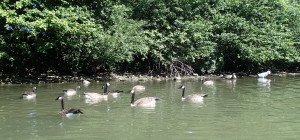
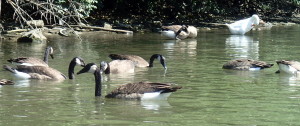

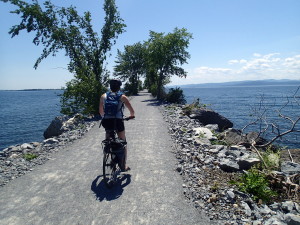
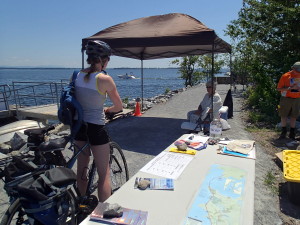
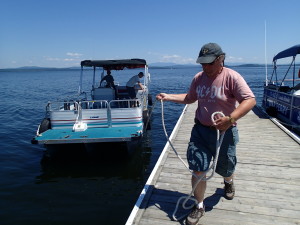
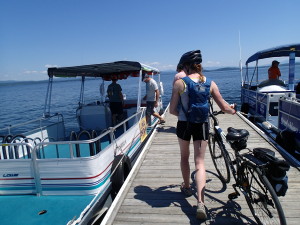
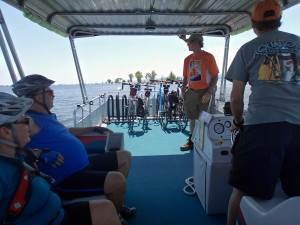
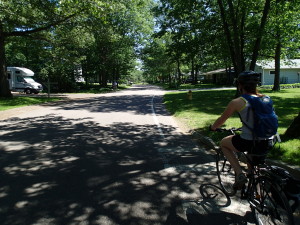
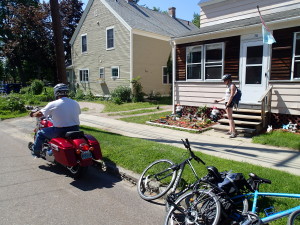

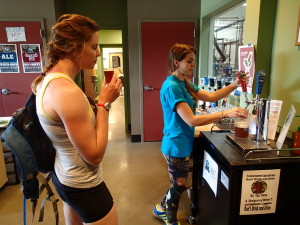
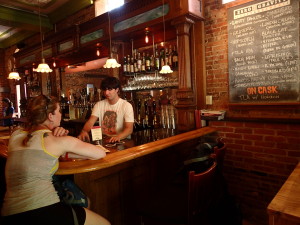
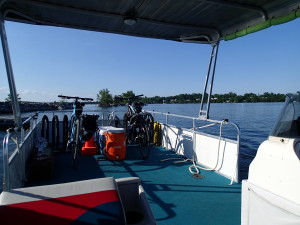
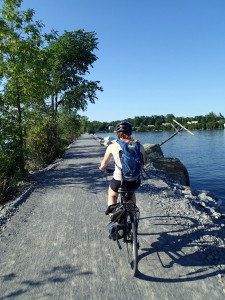
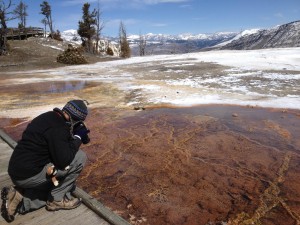

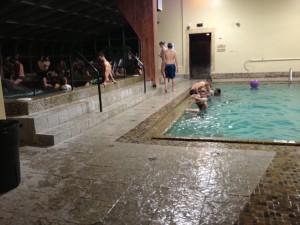
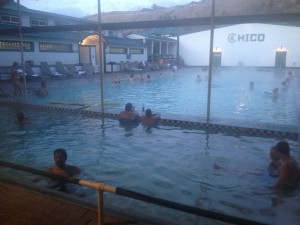
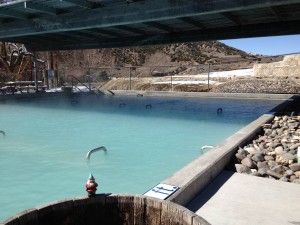
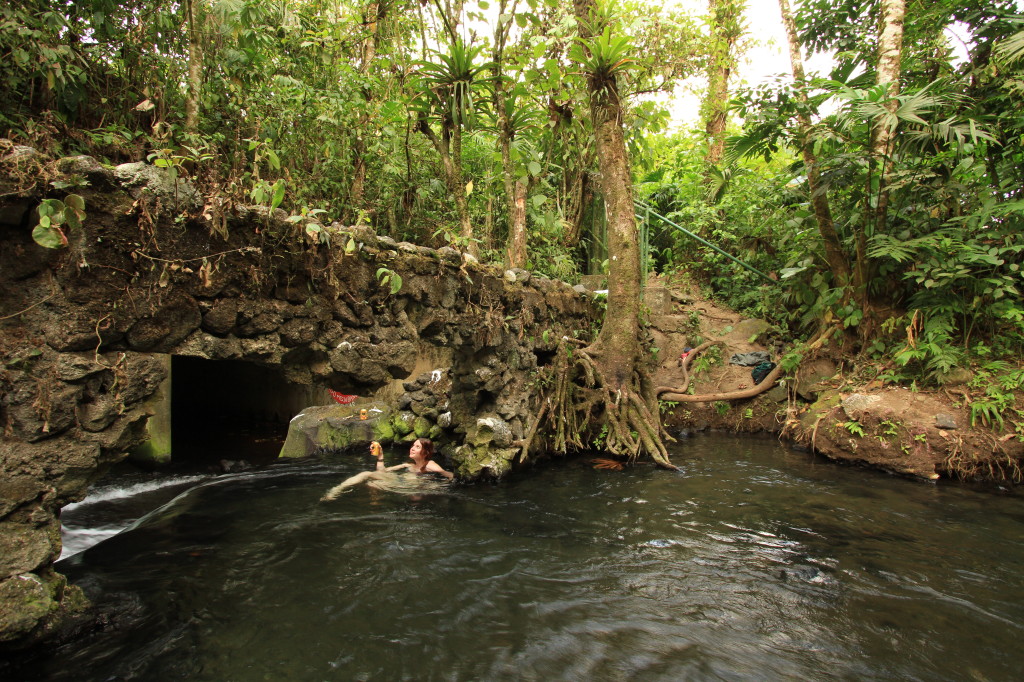

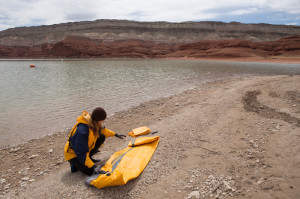

![IMG_0602[1]](http://www.alyssavnature.com/wp-content/uploads/2013/05/IMG_06021-300x225.jpg)
![IMG_0601[1]](http://www.alyssavnature.com/wp-content/uploads/2013/05/IMG_06011-300x225.jpg)
